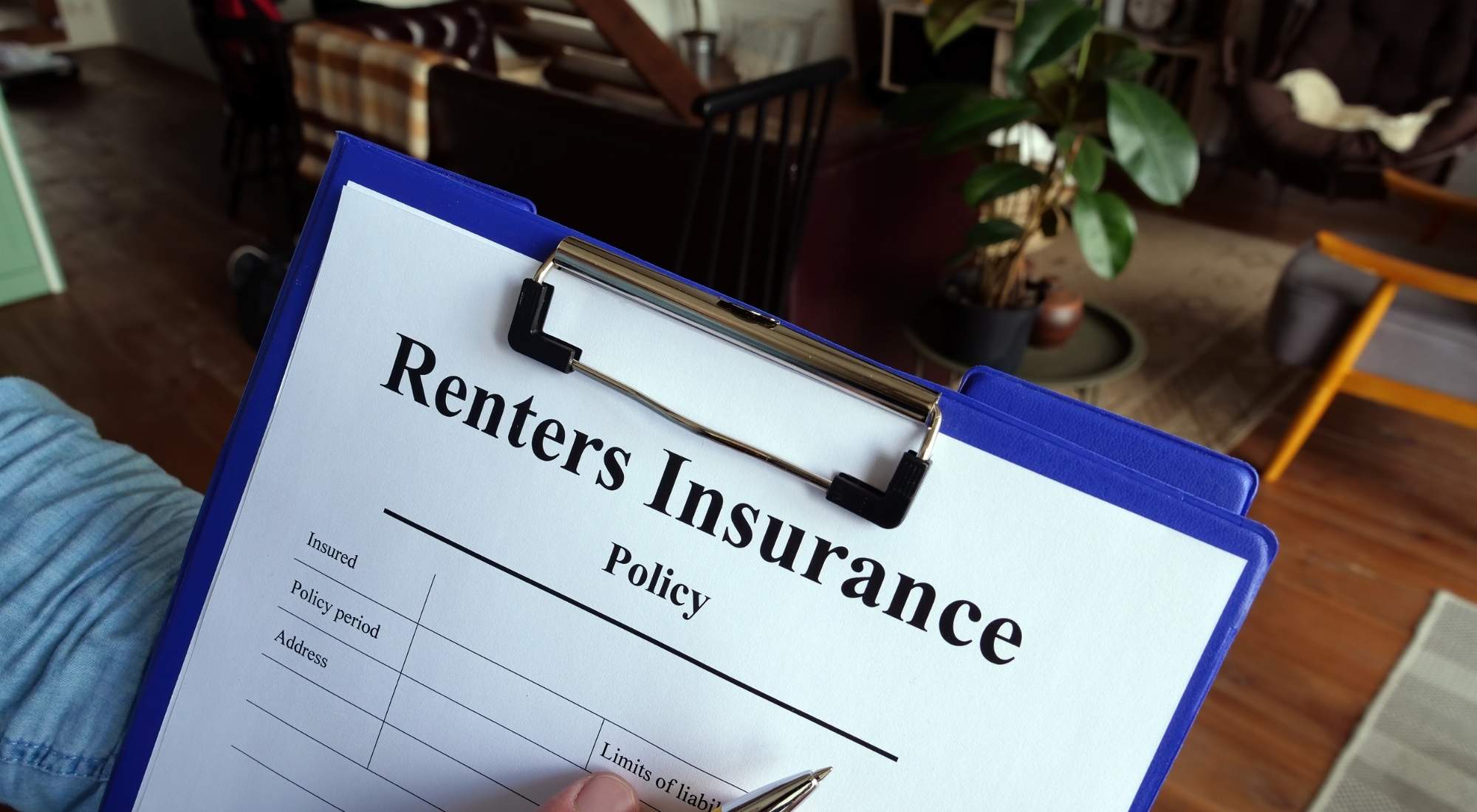Imagine this: You’re settling into your cozy rental apartment, enjoying the freedom of not owning a home, when you notice an odd smell coming from the bathroom. A quick peek behind the shower curtain reveals a patch of black mold creeping up the wall. Panic sets in. Not only is mold a health hazard, but it’s also a potential wallet-drainer. You’ve got renters insurance—great! But does it actually cover mold? The answer, like many things in the insurance world, isn’t a simple yes or no. Let’s break it down step-by-step so you can understand what’s covered, what’s not, and how to protect yourself when mold strikes.
What Is Renters Insurance, Anyway?
Before we dive into the mold question, let’s get on the same page about renters insurance. Unlike homeowners insurance, which covers the structure of a property, renters insurance is designed to protect you—the tenant. It typically includes three main types of coverage:
- Personal Property: This covers your belongings (think furniture, clothes, electronics) if they’re damaged or stolen.
- Liability: This kicks in if someone gets hurt in your rental and you’re found responsible.
- Additional Living Expenses (ALE): If your rental becomes uninhabitable due to a covered event, this helps pay for temporary housing and other costs.
Mold, however, doesn’t neatly fit into any of these buckets. It’s a tricky beast—part property damage, part health hazard—and how insurance handles it depends on the specifics of your policy and the situation. So, let’s dig deeper.
Mold Coverage: The Short Answer
Here’s the crux of it: renters insurance may cover mold, but only under certain conditions. Most standard policies don’t list mold as a “covered peril” (an insurance term for events like fire, theft, or vandalism that trigger coverage). Instead, mold is usually treated as a result of something else. If that “something else” is covered by your policy, the resulting mold damage might be too. If not, you’re likely out of luck.
Confused yet? Don’t worry—I’ll walk you through it with some real-world examples.
When Does Renters Insurance Cover Mold?
For mold to be covered, it typically has to stem from a “covered peril.” Here are some common scenarios where you might be in the clear:
- A Burst Pipe: Let’s say a pipe in your apartment bursts, soaking the walls and leaving behind a moldy mess. Water damage from sudden, accidental leaks is usually a covered peril in renters insurance. If the mold develops as a direct result of that leak, your policy might cover the cost to repair or replace your damaged belongings (like a moldy couch) and possibly even remediation efforts, depending on your policy’s limits.
- A Fire Gone Wrong: Suppose a small kitchen fire triggers your sprinkler system, dousing your apartment. The water sits unnoticed for days, and mold takes hold. Since fire and water damage from firefighting efforts are typically covered, the resulting mold could fall under your policy too.
- Storm Damage: A storm rips a hole in the roof, rain pours in, and mold starts growing on your stuff. If your policy includes coverage for storm-related water damage (check the fine print!), the mold cleanup might be covered.
The key here is that the mold has to be a consequence of a covered event—not the root problem itself. Insurance companies call this “ensuing loss,” and it’s where things get murky. According to the Insurance Information Institute (III), about 1 in 5 mold claims in the U.S. is tied to water damage from plumbing failures—a clear sign that context matters.
When Doesn’t Renters Insurance Cover Mold?
Now, here’s where the bad news creeps in. If mold arises from something not covered by your policy, you’re probably on your own. Here are some common situations where coverage gets denied:
- Neglect or Poor Maintenance: If that bathroom mold came from a slow, unreported leak you ignored for months, your insurer will likely point the finger at you—or your landlord—for not maintaining the place. Insurance isn’t there to fix problems caused by negligence.
- Flooding: Standard renters insurance doesn’t cover flood damage. So, if a river overflows and floods your basement apartment, leaving mold in its wake, you’re out of luck unless you’ve got a separate flood insurance policy (more on that later).
- Pre-Existing Mold: Move into a rental with mold already lurking behind the walls? Your insurance won’t touch it. Policies only cover damage that happens during your policy term, not issues that predate your coverage.
- Landlord Responsibility: Here’s a big one for renters: your insurance covers your stuff, not the building itself. If mold damages the walls or floors, that’s on your landlord’s property insurance—not yours. Your policy might cover your moldy belongings, but only if the cause ties back to a covered peril.
The Fine Print: Limits and Exclusions
Even when mold is covered, there’s a catch: limits. Many policies cap mold-related payouts—sometimes as low as $1,000 or $5,000—unless you’ve added extra coverage. A 2022 report from the National Association of Insurance Commissioners (NAIC) found that mold remediation costs can easily hit $10,000 or more for severe cases, meaning you could still be stuck with a hefty bill.
Exclusions are another hurdle. Some insurers explicitly list mold as an excluded peril, especially in humid states like Florida or Louisiana where it’s a common headache. Others might cover it only if you’ve purchased a “mold endorsement”—an optional add-on that boosts coverage for fungi, wet rot, and similar woes. These endorsements can cost an extra $20–$50 per year, but they’re worth considering if you live in a damp climate.
Real-Life Example: Sarah’s Story
Let’s put this in perspective with a quick case study. Sarah, a renter in Seattle, noticed mold spreading across her ceiling after a winter storm cracked a skylight. Her renters insurance covered storm damage, so her policy paid to replace her mold-damaged books and rug (about $800 worth) and chipped in $1,000 toward remediation—her policy’s mold limit. But the landlord had to handle the structural repairs. Sarah was glad she had insurance, but she still shelled out $500 out-of-pocket for extra cleanup. Lesson? Coverage helps, but it’s rarely a full fix.
What About Health Issues?
Mold isn’t just a property problem—it’s a health concern. The CDC warns that mold exposure can trigger allergies, asthma, or worse in sensitive folks. Unfortunately, renters insurance doesn’t cover medical bills. That’s where liability coverage might come in—if someone else gets sick from mold in your rental and blames you, your policy could defend you. But for your own health? You’d need separate medical insurance.
Steps to Take If Mold Strikes
Found mold in your rental? Don’t wait—here’s what to do:
- Notify Your Landlord: They’re responsible for fixing the building. Document the issue with photos and emails.
- Check Your Policy: Call your insurer to confirm what’s covered. Ask about mold limits or endorsements.
- Mitigate Damage: Move your stuff away from the mold and dry out wet areas to prevent worse damage—insurers expect you to take reasonable steps.
- File a Claim: If it’s a covered peril, submit your claim with evidence (photos, receipts).
- Consider Extra Coverage: No luck this time? Look into adding a mold endorsement for next time.
Beyond Renters Insurance: Other Options
If renters insurance falls short, you’ve got alternatives. Flood insurance through the National Flood Insurance Program (NFIP) or private insurers can cover mold from floods. Some landlords offer “renters mold protection” plans—check your lease. And if the mold’s due to landlord neglect, local tenant laws might force them to foot the bill—worth a chat with a legal expert if it’s serious.
Conclusion: Knowledge Is Your Best Defense
So, does renters insurance cover mold? Sometimes—when it’s tied to a covered event like a burst pipe or storm. But don’t count on it to save the day every time. Mold’s a gray area in the insurance world, full of exclusions, limits, and finger-pointing between tenants and landlords. Your best bet? Read your policy, ask your insurer the tough questions, and consider extra coverage if you’re in a mold-prone spot. A little prep now can spare you a big headache later—because when it comes to mold, an ounce of prevention beats a pound of remediation any day.

